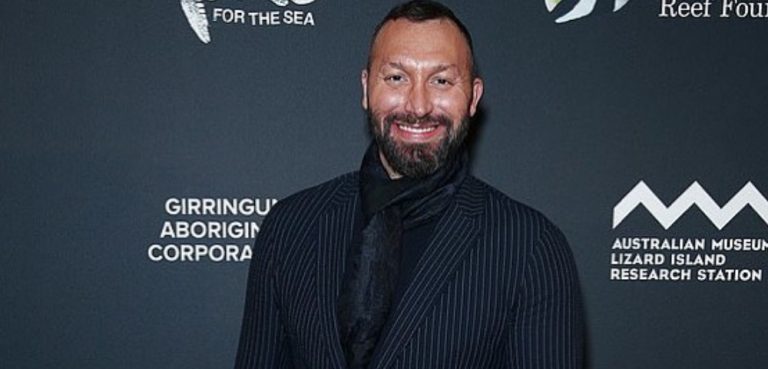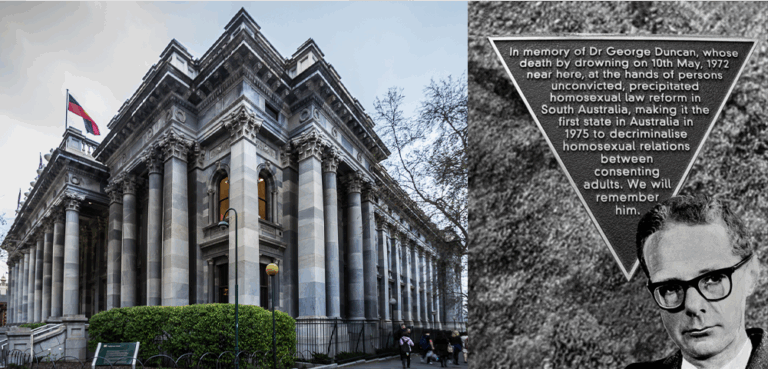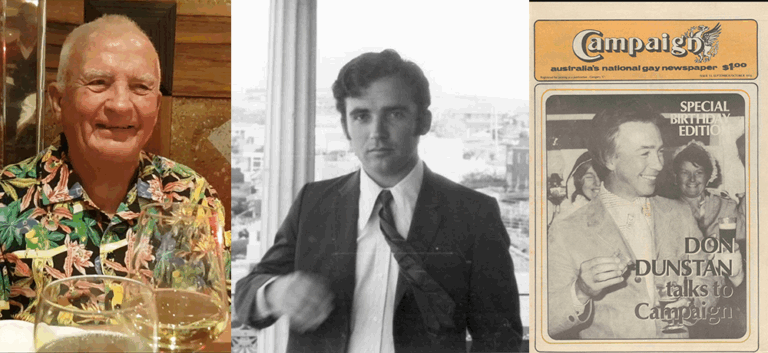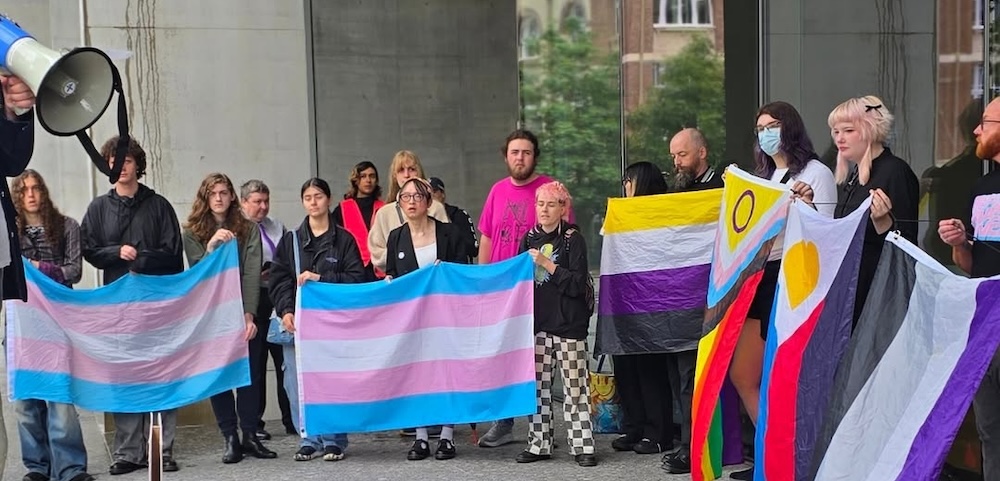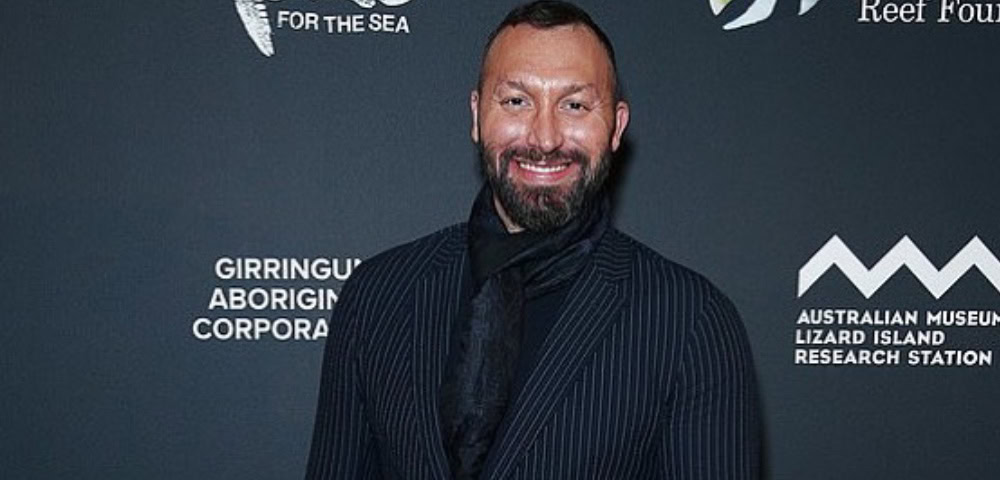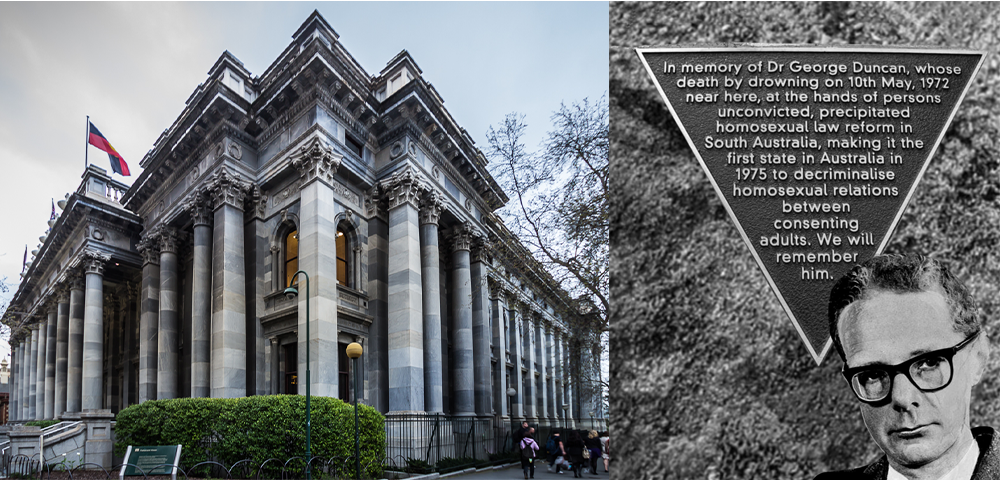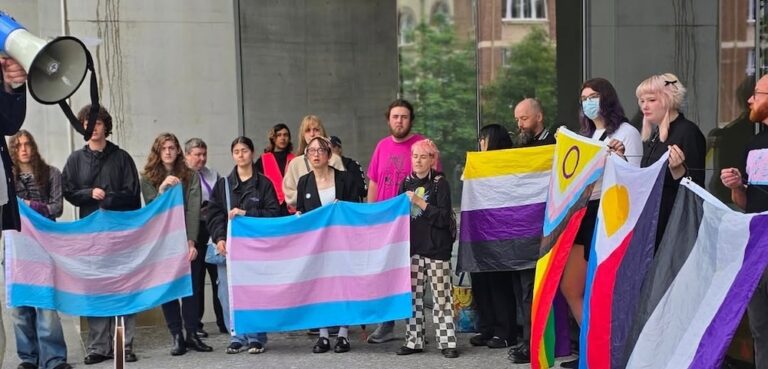
Gay Photography Pioneer & ‘Pink Narcissus’ Filmmaker James Bidgood Dies At 88
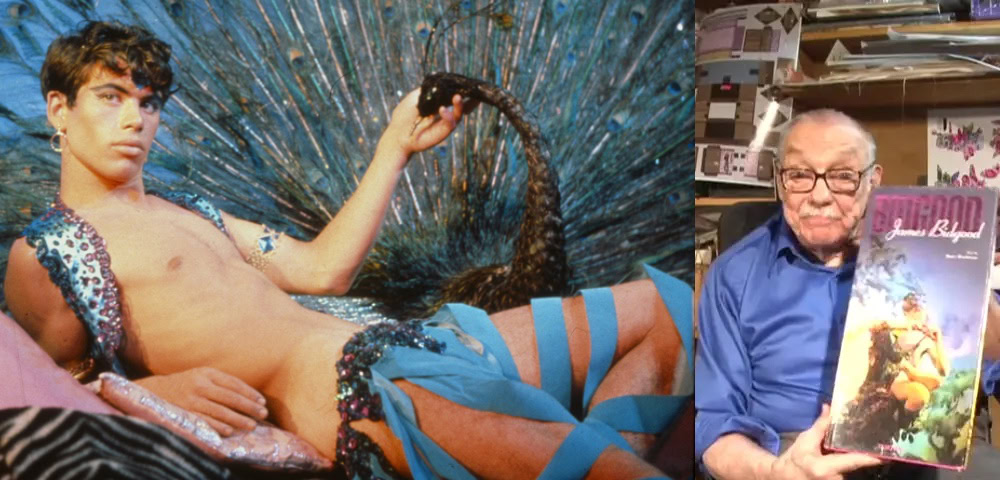
James Bidgood, the cinematic auteur whose film Pink Narcissus became a classic of gay cinema, died Jan. 31 at his home in Manhattan.
Bidgood was 88 years old and passed away following complications related to Covid-19.
Pink Narcissus, a film chronicling the fantasies of a young gay hustler, has developed a cult following, despite Bidgood himself having disowned the film upon its release in 1971.
“It’s like I survived a train wreck and everybody else died and my name is associated with that disaster,” he had said.
Pink Narcissus
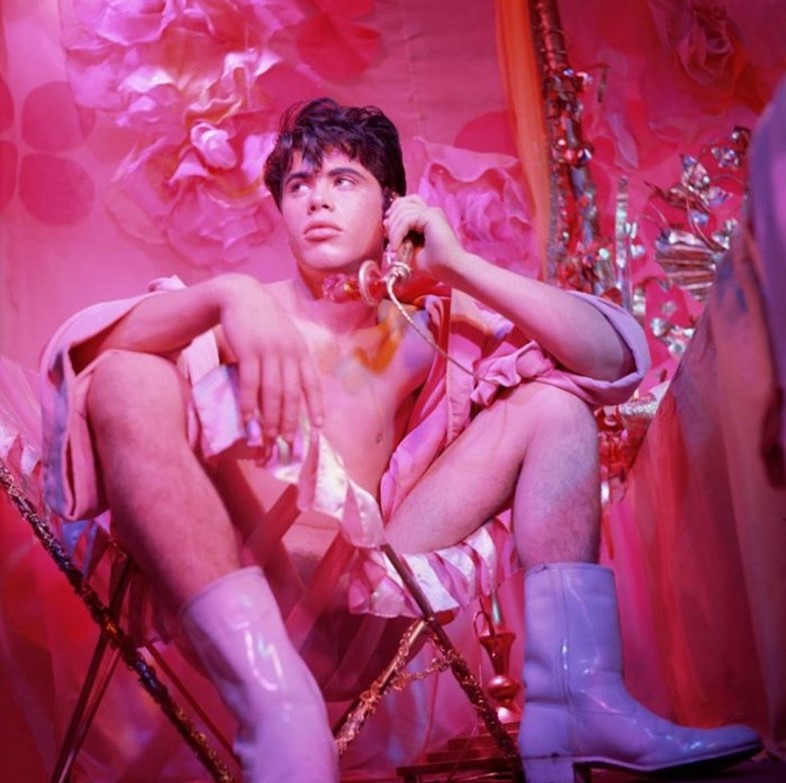
The film, largely shot in Bidgood’s Times Square apartment, took seven years to shoot, between 1963 and 1970. He also built the sets, designed the costumes and did the makeup on the film.
Pink Narcissus, which was given a restoration and re-release in 1999, was disowned by Bidgood after the producers took control over the film during the editing process. He removed his name from the credits, leaving the film as a work of “Anonymous.”
The film later was speculated to be the work of either Andy Warhol and Kenneth Anger, as Bidgood’s visual style resembled theirs.
Gay Erotic Photography
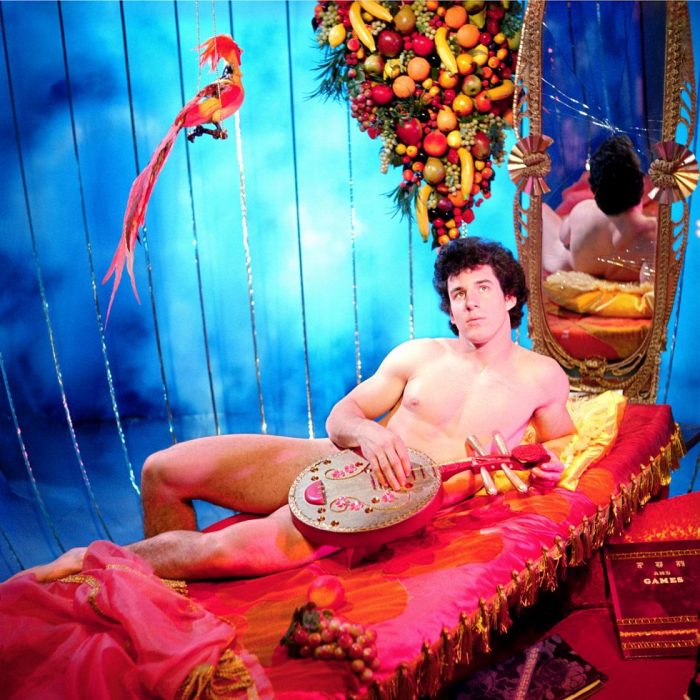
Bidgood’s work as a physique photographer later served as an inspiration to many others, including Pierre et Gilles, Cindy Sherman and David LaChapelle. His visual style was heavily influenced by the florid and over-the-top visuals in MGM musicals.
Ken Johnson of The New York Times called Bidgood “a brave pioneer at a time when art photography was overwhelmingly straight (formally as well as sexually) and the idea that pornography could contribute to artistically serious projects was almost unthinkable.”
Photographer Lissa Rivera, said of Bidgood; “His work for male physique magazines existed on the edge of legality. Despite this, Bidgood was never ashamed or closeted. He lived a life that was utterly uncompromising and expressive.”
‘I Wanted To Photograph Naked Young Men As Opulently…’
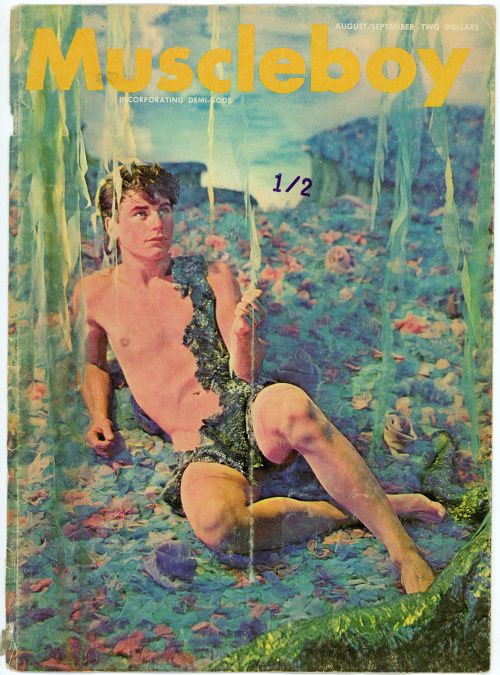
In the 1960s, Bidgood’s photographs appeared in male physique magazines such as Muscleboy, Adonis and The Young Physique.
His visual approach to photography developed after looking at other physique photography of the time and wondering “why are all these boys standing in front of the same frigging fireplace with the same funny little piece of jersey over their dingies? You know, why aren’t there sets and Folies Bergère? Why not this glory going on around them, and why aren’t they being idealized, that way, rather than in a sort of tawdry way?”
“I wanted to photograph naked young men as opulently and as attentively as those professional ladies appearing in Playboy-type magazines were photographed,” Bidgood told AnOther Magazine.
“Playboy had girls in furs, feathers and lights,” Bidgood told The New York Times. “They had faces like beautiful angels. I didn’t understand why boy pictures weren’t like that.”
Drag Performer Terri Howe
Born in 1933, Bidgood made his way from Wisconsin to NYC in 1951 and later attended the Parsons School of Design. Bidgood ventured into the underground drag scene and performed under the name Terri Howe at Club 82 in New York City’s East Village.
“I always wanted to be on the Broadway stage,” Bidgood recalled. “When I made my entrance, all dolled up in glitter and soft, fat ostrich feathers, I imagined I was working the boards at the Ziegfeld Theatre playing to the balcony!”
“The city was so clean, so bright and shiny then, the concrete sidewalks seemed embedded with glitter – they actually shimmered in the summer sun like they were like studded with tiny diamonds,” remembered Bidgood in an interview with AnOther Magazine.
“New York was exactly as it appeared to be in MGM musicals. It was fast and it was more exciting than your second orgasm,” he said.
Cult Following
Bidgood’s photographs later became the focus of a newfound critical appreciation. Exhibitions of Bidgood’s photographs were staged in the US and internationally and his photos were celebrated in the 1999 photo book Bidgood, published by Taschen.
“Art only stimulated by praise or profit is not art,” Bidgood said.
“If it is not born from pain or anguish or pride or shame or desire or overwhelming joy, it is only something of decorative value. What is art should never be determined exclusively by those who can afford it. You have to feel art. It demands a physical response.”
